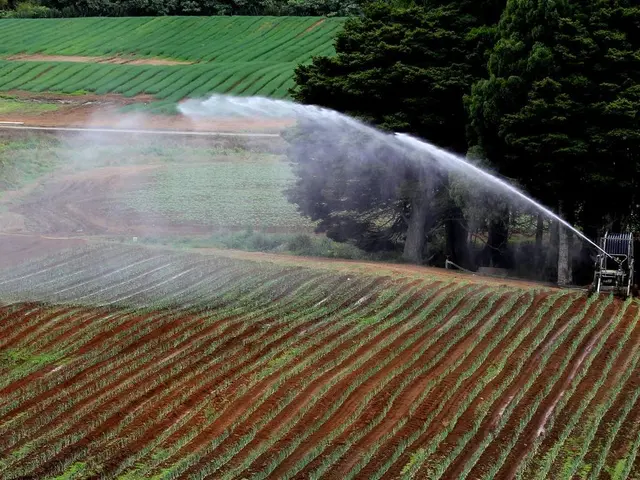New Report Highlights Southern Africa's Critical Mineral Potential and Challenges
A new report by the World Economic Forum (WEF), in collaboration with DBSA and McKinsey & Company, highlights the potential and challenges of investing in Southern Africa's critical minerals. These minerals are vital for clean energy and low-carbon technologies, yet the region receives less than 10% of global exploration spending despite holding around 30% of the world's known reserves.
The report pinpoints eight key financing obstacles, including policy uncertainty, investment risks, energy access, transportation barriers, innovation lag, slow industrialisation, skill gaps, and demand volatility. It focuses on ten countries and addresses financing gaps that hinder the region's potential in the global energy transition.
One notable project supported by a diverse group of stakeholders is the Lobito Corridor. Backed by the European Union, several European countries, the United States, and African financial institutions, this project aims to improve transportation infrastructure. Zambia, seeking to triple its copper production to three million tonnes by 2031, is also mentioned in the report. Successful strategies like Namibia's green iron production facility are showcased as examples of overcoming these barriers.
The report underscores the need for targeted investment and policy reform to unlock Southern Africa's critical mineral potential. By addressing identified obstacles, the region can play a significant role in the global energy transition. Stakeholders, including governments, international organisations, and private investors, are encouraged to collaborate and support initiatives like the Lobito Corridor project.







